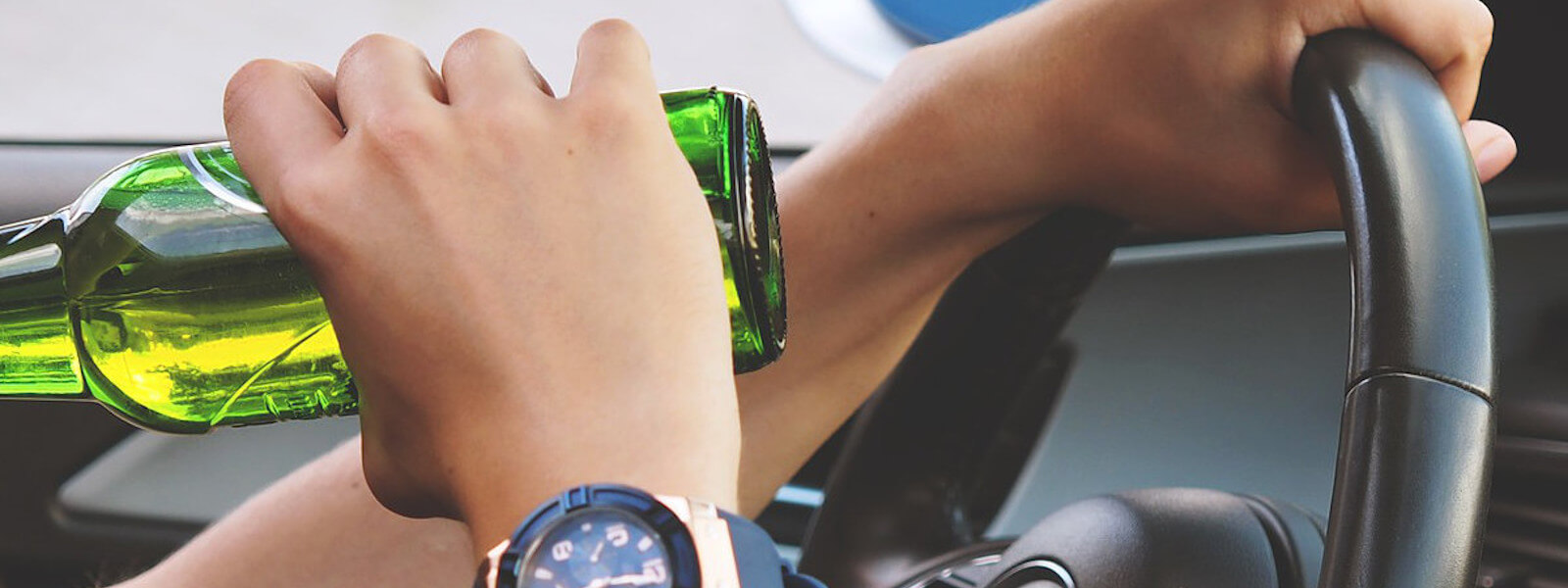There are many Meditation Techniques allover this world. A few of them are well known, others are only accessible to initiates. It appears to be the case that many people are concerned about these various techniques. They wonder which one to practice and for how long. But in our quest for the right retreat, the right practice, the best technique, the most ancient truth etc. we often tend to overlook the element that gives life and direction to these techniques. I am talking about our personality and the specific attitude we “wear” while practicing. Let’s have a look at these two elements today.
The Importance of Technique
Technique is much like a vehicle. You can have a powerful car and it will get you to places comfortably and fast. Maybe you have a bicycle and it takes a lot of effort to visit nice sites. You might be on foot or travel by plane. And with each vehicle you have many different types. Some are old, some new, some are tuned and others are falling apart. They come in different colors and shapes and they all fulfill a function. They all serve to get you to places.
While it is true that the type of vehicle matters, it is also true that it presents us with uncertainty. Many people argue about their meditation techniques and systems. They compare their system to others and feel superior or inferior. Scholars write books to back up theories and present their car as “the only car”, “the most authentic car” etc. It is difficult finding the right car within the forest of adverts. But if we have clarity concerning the direction, the choice becomes much easier. We can then choose a car that has been proven to work best for the current route we are on.
Even though the vehicle is important, it is not nearly as important as the person who brings it to life and gives it direction.
The Importance of Attitude
So let’s say you found a technique that has been proven to work well by masters of the past. It will get you to your desired goal swiftly, with ease and comfort. You have seen others apply it with good results, they are grounded and free from stress. Great! Now it’s time to ride that technique home yourself. Here’s where your attitude comes in. Are you practicing the technique because you secretly don’t like who you are and hope it will change you into a “better person”? Or are you sitting in meditation because you want special powers, more money, fame or recognition?
The WHY is important! It’s what moves us, it’s what makes us make decisions on any path. Hopes and fears are mostly running the show so it’s crucial to get our motivation straight before embarking on a journey into inner space. Honesty is key in this process. Being able to see clearly what moves me right now is a major element of good mindfulness practice. We might have the best vehicle but if our attitude is that of a drunk person, the technique is in service of confusion. Meditation techniques can be both – a vehicle to liberation from sorrow or a fancy gadget that helps to enhance ego.
Establish the Motivation before Practice
I got into the habit of contemplating and adjusting my motivation early on. I forgot to do this for a long time though. Only after about 13 years of fiddling around in the dark did I clearly see how I actually practice. I could see that every move arose out of self-hatred. I meditated because I didn’t like myself! Thinking all the time that I practice self-love while in reality I didn’t like who I was. These things are very difficult to spot! They are at the root of egoistic behavior, at the root of pain, fear and hope.
We can be blinded by our own habits and tendencies in big ways. Honesty is something we need to gradually develop and get better at. It will take time to peel through the various layers of delusion – there will be many surprises on the way, many things to discover about ourselves. The reason why we practice is so that we can go beyond suffering, tension and stress in all forms. We also practice in order to cultivate true happiness – a happiness that naturally reveals itself when suffering falls away.
The way I direct my motivation before I practice is such: “May I be truly happy and at ease. May I go beyond suffering and its cause.” I smile at myself gently with lips and eyes. I receive myself with kindness and acceptance, showing that I am not here to cultivate aggression against who I am. I am here to look after myself with ease, warmth and wisdom. And after my practice, I often spend a few minutes dwelling with an “attitude of gratitude” and dedicate the positive energy that has been accumulated to the wellbeing of all.

